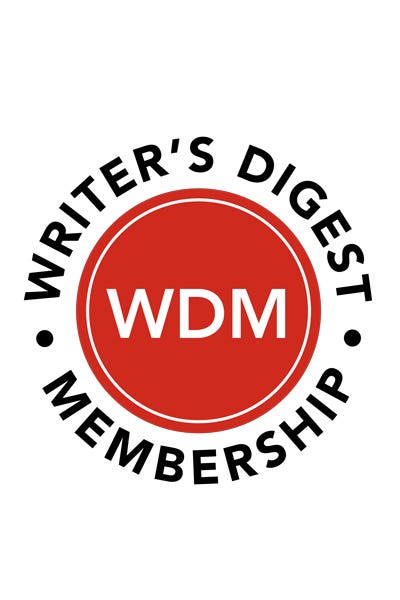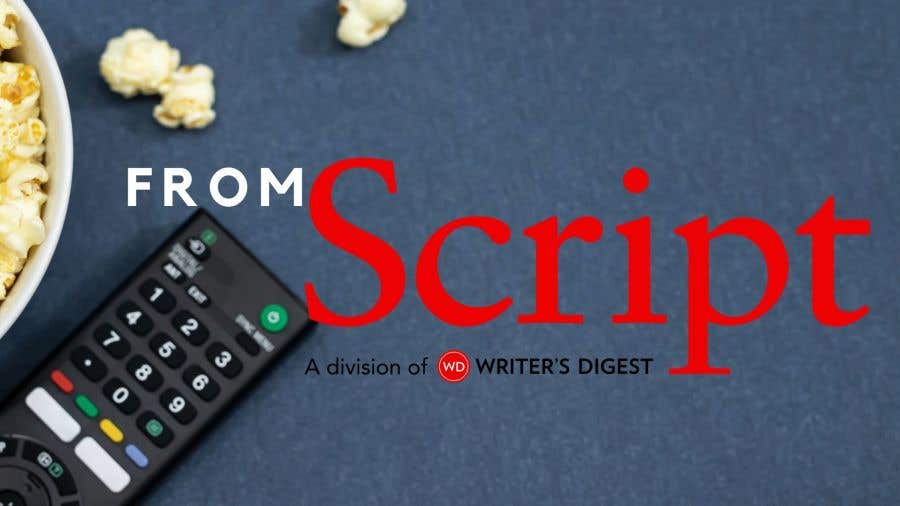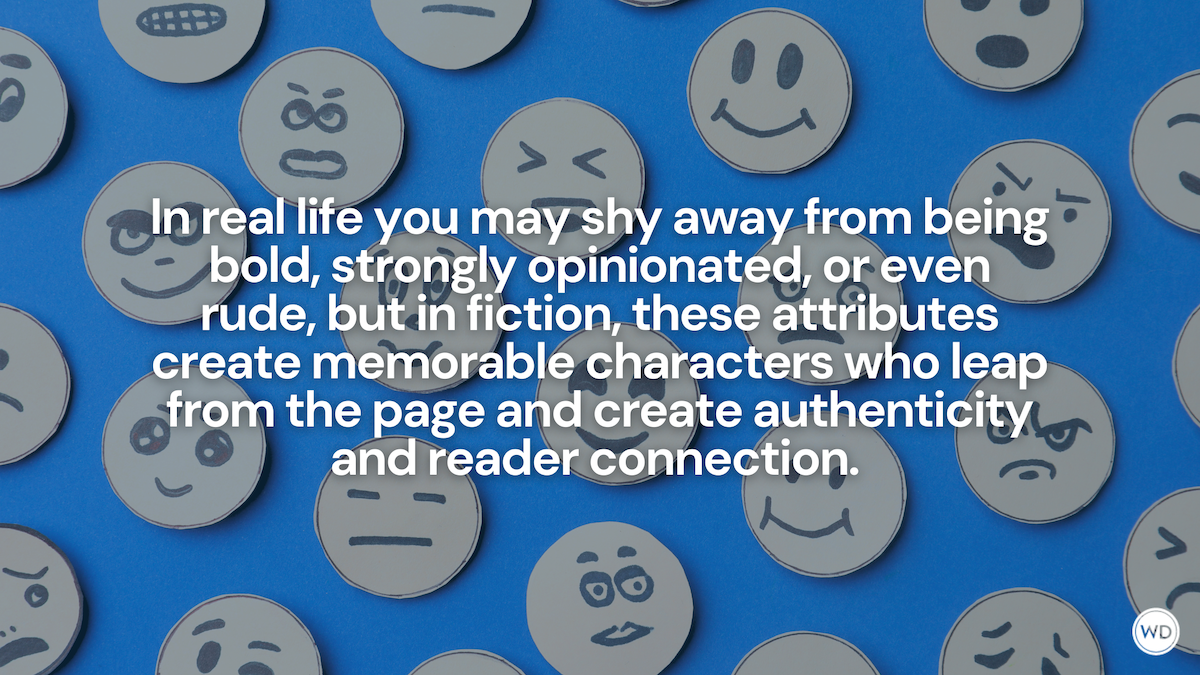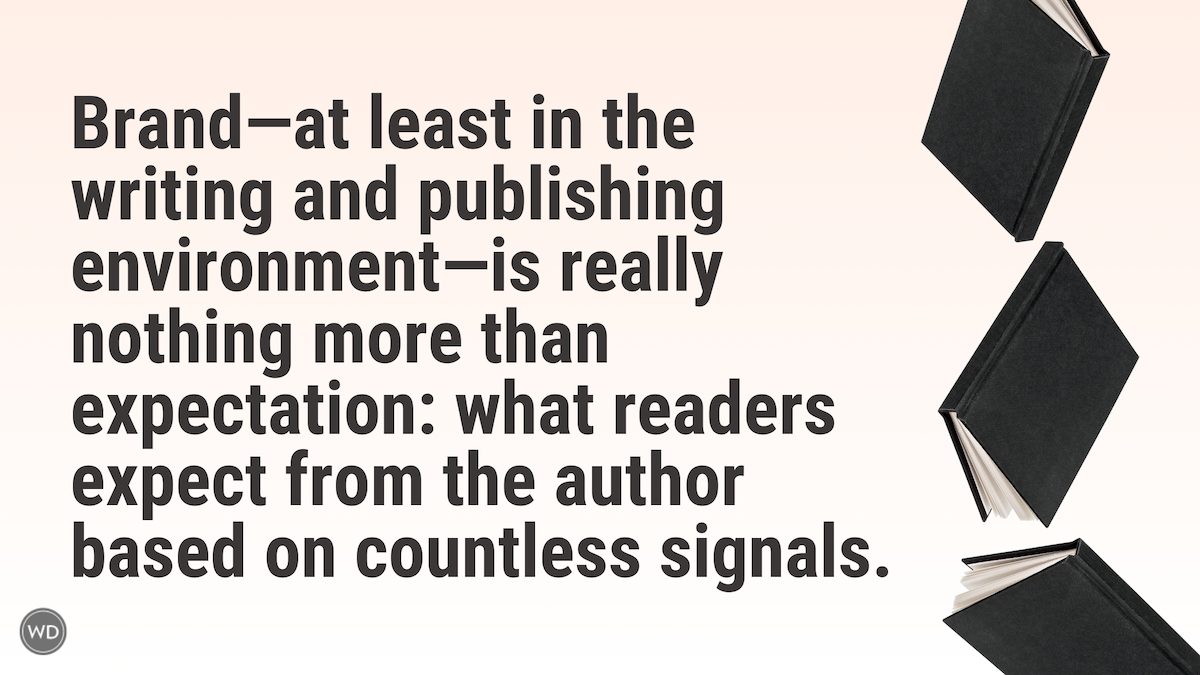Broken Nose Symptoms for Writers (FightWrite™)
This month, trained fighter and author Carla Hoch dives into a common injury that is often overlooked on the page: the broken nose.
Helping writers write fight scenes is what I do, but it’s not all I do. I also help writers understand and create the injuries that occur in those scenes. In this post with FightWrite™ on the WD Blog, we are going to zero in on an often overlooked on the page, but all too common in real life, injury: the broken nose. We will look at what a broken nose is, what it isn’t, its symptoms and after care. Finally, we will look at why you may actually want to break your character’s nose. (Just writing that gave me the sniffles.)
Nosey Bones
To better understand nose breaks, we have to understand what is actually being broken. The nasal bones are a pair of bones that form the back and the beginning of the nose. These bones extend a little less than half way down the bridge of the nose. If you run your finger along the top of your nose, you might be able to feel a little ridge where the nasal bones end.
On the sides, the nose is supported by the maxillary bone. If you run your finger down the side of your nose toward the tip, the point at which the nose gets pliable is where the maxillary bone ends. The rest of the nose is cartilage. Cartilage is a connective tissue than can exist in varying degrees of firmness. Firmer cartilage structures, such as in the bridge of the nose, can break.
What a Broken Nose Is
A broken nose occurs when any of the bones or cartilage of the nose is fractured. It is a common injury that can occur any time the nose is struck by a direct blow or fall. With enough force, the bones and cartilage can cave in.
What A Broken Nose Ain’t
A broken nose ain’t an “immediate death” button. I cannot count the number of times that I have heard someone say that if they were attacked, they would palm strike the assailant in the face and drive their nose bone into their brain. Bam! Immediate death.
While a palm strike to the nose is a fantastic self-defense technique, it’s not a lethal one. If it were, boxing would run out of fighters really fast. The nose bone is not long enough to reach the brain even if kept intact and pointed backwards. Think about any Halloween skull you have ever seen. How big was the nose on it?
Symptoms of a Broken Nose
When a nose breaks, the person may hear a crack which may or may not be audible to others. The nose may be misshaped and bleed a little or a lot. That blood may flow out of the nose onto the face and/or down the throat. (Yes, that is a thing.) We will look at that in a moment.
The nose will swell and bruise. The swelling can extend above the eyebrows and out to the cheek bones. The bruising can extend to the same areas. On my site, I have pictures of this sort of swelling and bruising. The pictures are of my friend Hope who is a pro fighter. Her injury didn’t happen during a fight. It happened, like 70 percent of fight injuries, during training. And, y’all, it’s the worst I’ve seen her nose.
The Pain
A broken nose also HURTS—all caps on purpose. The pressure is like a weight on the face. You don’t want to smile or raise your brows and definitely not laugh. Moving the eyes side to side to can be uncomfortable. Turning over in bed, even when the nose isn’t touched, can hurt as well. Headaches are common and the swelling in the sinuses can cause vertigo. Also, sometimes there is a desire not to turn the neck even if the neck doesn’t hurt. It is also common to hold the arms out when anyone comes close to avoid them touching the nose incidentally.
Lacerations
The injurious impact on the nose can cause a laceration. Hope’s laceration is right where the nasal bones meet with cartilage. Lacerations anywhere on the head, including the nose, bleed a lot. If you put the same cut on the forehead and arm, the one on the forehead will be far bloodier. That blood, as well as the swelling, make it very difficult/impossible to breathe through the nose.
How A Broken Nose Hinders Fighting
During the course of a fight, your character might get their nose broken and not even realize it. But, even if the character has no idea their nose is broken, the injury can impact their fighting in two ways. First, the swelling and blood from the break can lessen nose breathing which lowers oxygen levels. The nose warms, humidifies and filters incoming air and better activates the breathing muscles which allows for better oxygen absorption. This is why nose breathing is linked to better cognitive function, faster reaction time and better spatial task performance. The brain simply has more oxygen to work with so it works better.
Secondly, the blood from the break doesn’t only flow out of the nose. It also flows down the throat and can be swallowed. This can cause coughing and stomach upset. If through the mouth is the only way a fighter can breathe and they are coughing, their performance will not be at its best. That is not to say the fighter cannot continue fighting. They can and do all the time.
A broken nose can also hinder future fights. Whenever the septum in the nose, the wall that separates the nostrils, is moved from its original place, breathing can be impacted. This is especially true at night. If you are writing a scene in which there are seasoned warriors or fighters sleeping, write plenty of snoring.
When we snore, we are not breathing as we should. When we don’t breathe as we should, we don’t get the most oxygen we could be getting as we sleep. This can create more fatigue and impact mental clarity. I cannot stress enough how important sleep is to anyone any time. It is especially important when healing from any injury. Sleep is when the body heals. Lower sleep quality means less efficient healing. Writers … get your sleep!
Amazon
[WD uses affiliate links.]
After Care for a Broken Nose
Immediately after the injury, if there is bleeding, tilt the head forward so that the blood can run out. Don’t tilt the head back. You can pinch the soft part of the nose as well. Icing the area will also lessen blood flow. I have found that icing under the upper lip helps as well. Nasal plugs, which are tubes of gauze, can be inserted in the first inch of the nose to absorb blood. No matter how wet the sinuses feel, don’t blow the nose. Blowing the nose when it is healing from a break, especially right after the injury, can make the sinuses swell up like donuts around the eyes.
Over the next several days, continue icing several times a day. Keep the head elevated as much as possible. Over the counter pain reliever is fine. Avoid nose spray.
Setting the Nose
No one but a medical professional should attempt to manipulate a broken nose. But your work may not have a medical professional. Also, if the break is subtle, fighters might mess with it to straighten it a bit. I’m guilty of it.
Modern Medicine
This information is courtesy of Fauquler ENT. To correct a broken nose without surgery, a doctor first injects numbing medication to three areas: the cheek, near the inside corner of the eye, and at the base of nose. The inside of the nose and sinuses are then sprayed with a numbing solution.
The doctor places a blunt edged device in the nose to gently press the bones back in place. After, the nose may be packed with gauze to keep to give it stability. The packing may be kept in place about a week. An external splint is also placed on the bridge.
The Wrong Way
The worst thing to do to a broken nose is press on the outside. Even though pressing the outside of the nose may improve the external shape, it could make the internal structure worse. But, like I said earlier, people do it all the time, and your character might. If your character does attempt to manipulate their own nose, they might hear crunchy sounds, and the pain is remarkable!
Why You Might Want to Break Your Characters Nose
A broken nose is a common injury most can imagine regardless of fight experience. The subsequent bruising around the eyes and the stuffy sinuses are also easy to describe and for a reader to envision. And, a misshapen nose is something most readers have seen as well.
Broken noses are also very visible, as plain as the nose on your face! Any time you want characters to know another character has been injured, put that injury on the face. Also, any time you don’t want a character to forget a fight, injure their face. Every time your character looks in the mirror, they can be reminded of the altercation that altered their appearance. You can adjust the injury to match the level of scarring or facial distortion your work needs.
Maybe the Best Reason of All
Broken noses get a reaction out of people. Folks wince when they see a broken nose. They suck in air through their teeth and groan. Some can’t even bear to look at it. Those visceral responses are the result of activated mirror neurons.
Mirror neurons allow us to experience what we see. We may not feel the pain of the broken nose on someone else’s face, but, thanks to mirror neurons, the parts of our brain that process pain are firing as if we are the ones hurting. And sometimes, seeing someone else in pain causes our own bodies to literally respond in kind. Have you ever hurt while looking at an injury on someone else? Yep, that’s the mirror neurons.
Any time you can impact your reader on a cellular level, be it emotionally or physically, you win. You have officially brought the reader into the story. And, a reader who is a part of the story is less likely to leave it. So, as wrong as it sounds, punch your reader in the face! They will love you for it.
I hope that helps you with your next fight scene and the subsequent injuries. To get a better look at the injuries I described, head over to FightWrite.net. And until the next time with FightWrite on the WD blog, get some blood on your pages!
Carla Hoch is the award-winning blogger of FightWrite® and author of the Writer’s Digest book Fight Write: How to Write Believable Fight Scenes. She is a WDU instructor who regularly teaches on the craft of writing fight scenes, action, and violence as well as the mechanics of fighting for writers. Carla is a world champion jiujitsu player and has experience in almost a dozen fighting styles. She lives and trains outside Houston, Texas.








